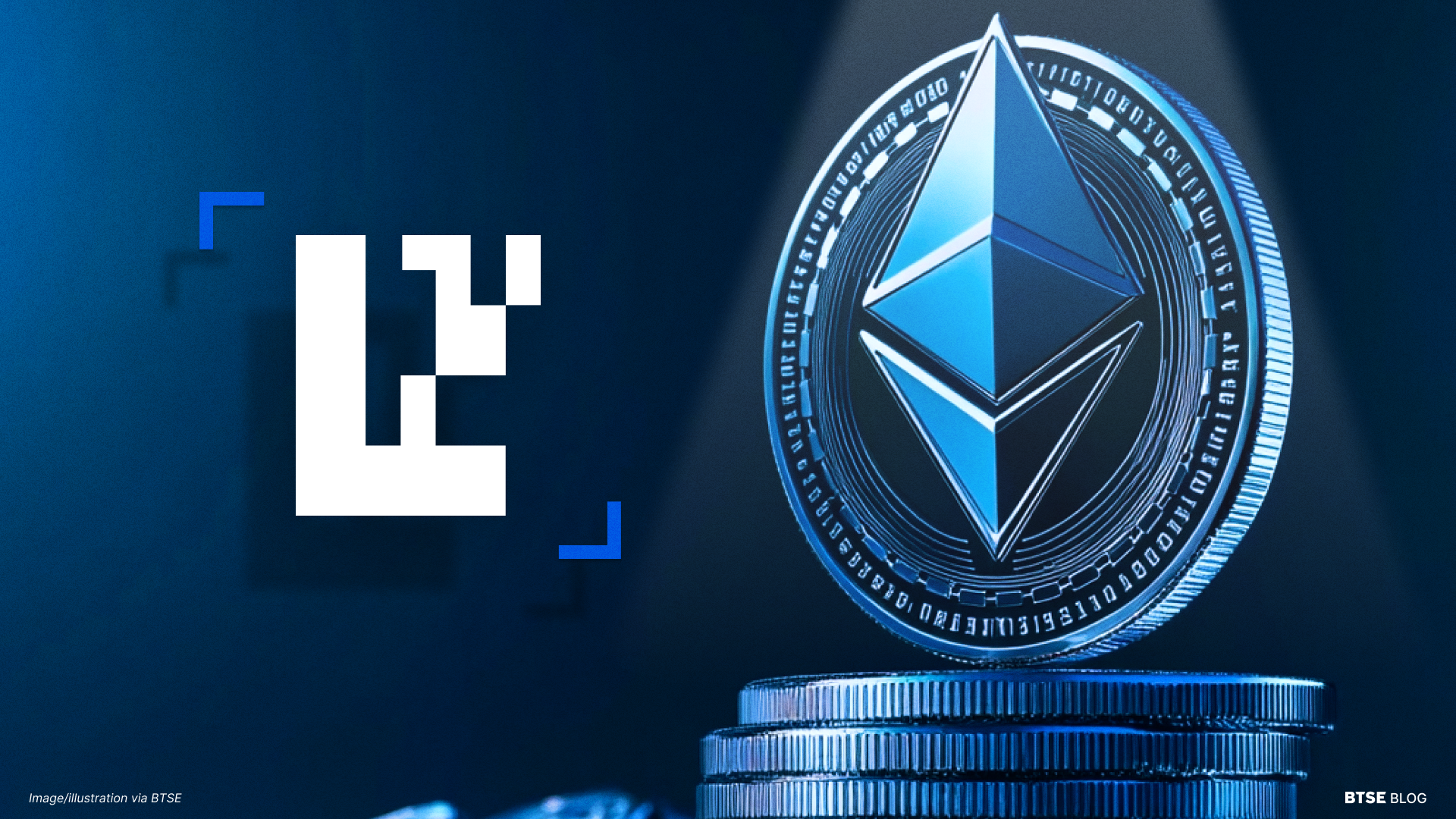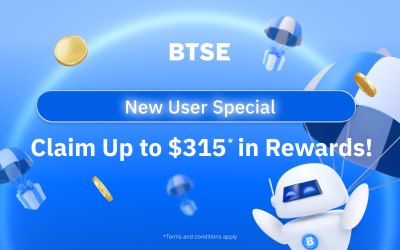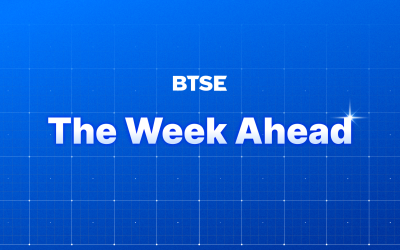When it comes to DeFi, Ethereum’s utility is unmatched. Given the numerous projects that are built on Ethereum, investors have tons of opportunities to earn yield by staking.
This way, they obtain upside through:
- Upside in Ethereum’s token price.
- Interest from staking Ethereum.
- Even more interest/rewards for using their Ethereum on layer 2s such as Blast and its ecosystem of DApps.
Now, EigenLayer is enabling people to restake their Ethereum to access even more opportunities. And recently, EigenLayer launched their $EIGEN token, meaning investors can get in on the action by trading it on exchanges such as BTSE.
$EIGEN Stats at a Glance
- Market Cap: $657,854,951
- Circulating Supply: 186,582,000 EIGEN
- Total Supply: 1,685,233,452 EIGEN
We take a deeper look at how EigenLayer is leading the restaking movement and what this could mean for $EIGEN’s token price.
What is EigenLayer?
EigenLayer is a protocol on Ethereum that introduces a concept called restaking. Ethereum recently switched from a proof-of-work to a proof-of-stake (PoS) system, which is more energy-efficient.
Instead of using a ton of electricity like Bitcoin, Ethereum requires users to lock up their ETH to secure the network and validate transactions. In return, stakers earn rewards of about 2-3% on their locked ETH, but – there’s more to it!
Challenges of Staking
While staking can provide returns, it has downsides. The biggest issue is liquidity: once your ETH is staked and locked up, you can’t access it.
This can be frustrating, especially since there are higher interest-yielding options out there, and recently, Ethereum’s token price has been down in the dumps.
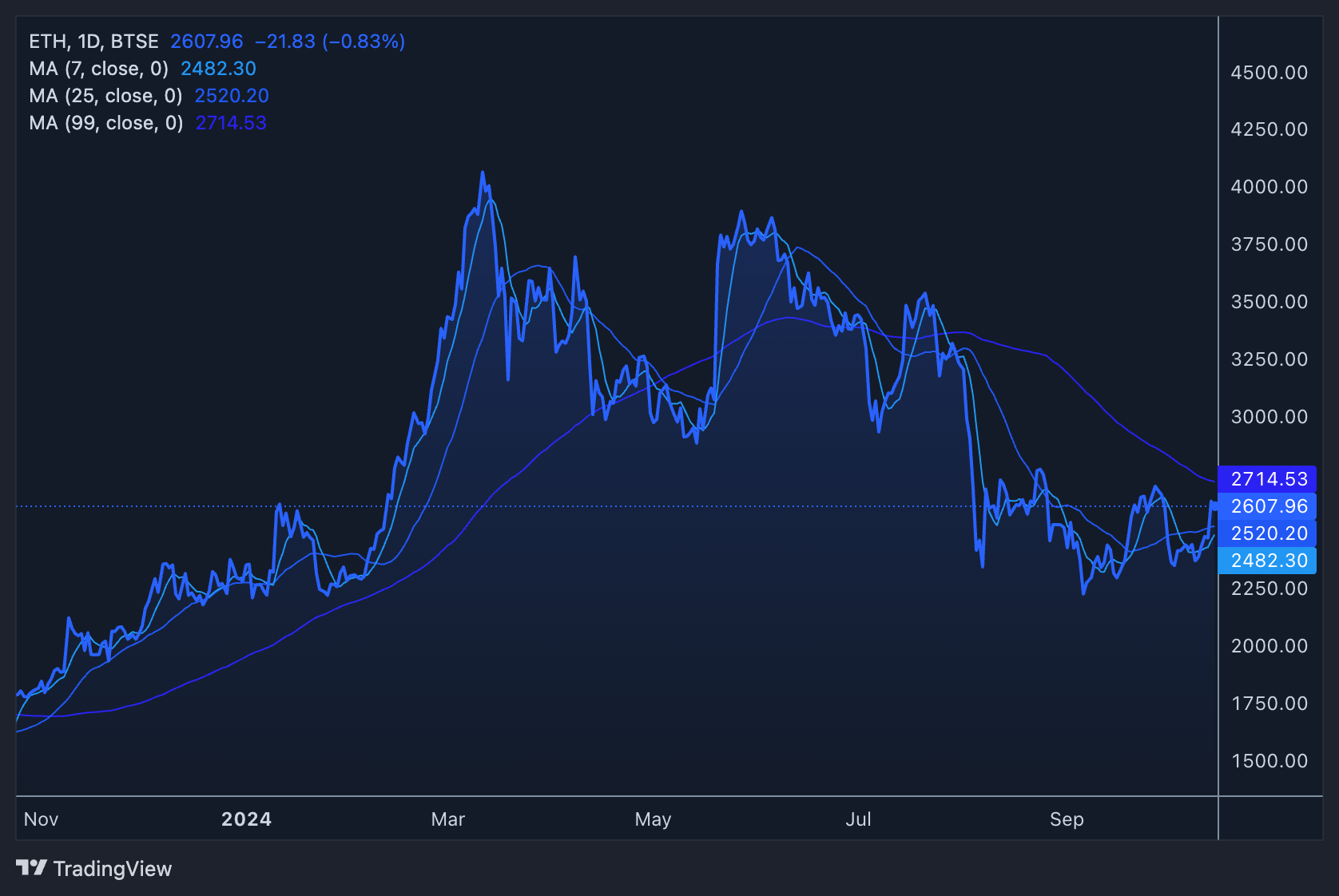
Ethereum’s token price has fallen significantly since peaking at ~4000 USD in March.
What is Restaking?
So, what’s restaking all about? Simply put, it allows you to keep using your staked ETH across different services without withdrawing it.
First, you lock up your ETH to earn the basic yield, and then you can restake that same amount into other opportunities, which EigenLayer dubs Actively Validated Services (AVS).
This way, you can earn even more rewards on top of your initial staking.
How Does Restaking Work?
- Initial Staking: Stake your ETH to start earning additional ETH as a reward.
- Choose Your AVS: Pick from various AVS options (like Rocket Pool), where you’ll receive a reward token (like rETH).
- Further Staking: Many AVS accept tokens from other protocols. For example, stake your rETH into Lido to get stETH.
- Repeat: Keep restaking, stacking rewards and growing your ETH yield over time.
EigenLayer and Restaking in the Grand Scheme of Things
It is estimated that around one-third of all Ethereum is being staked. Of that, 8.4% is currently being restaked.
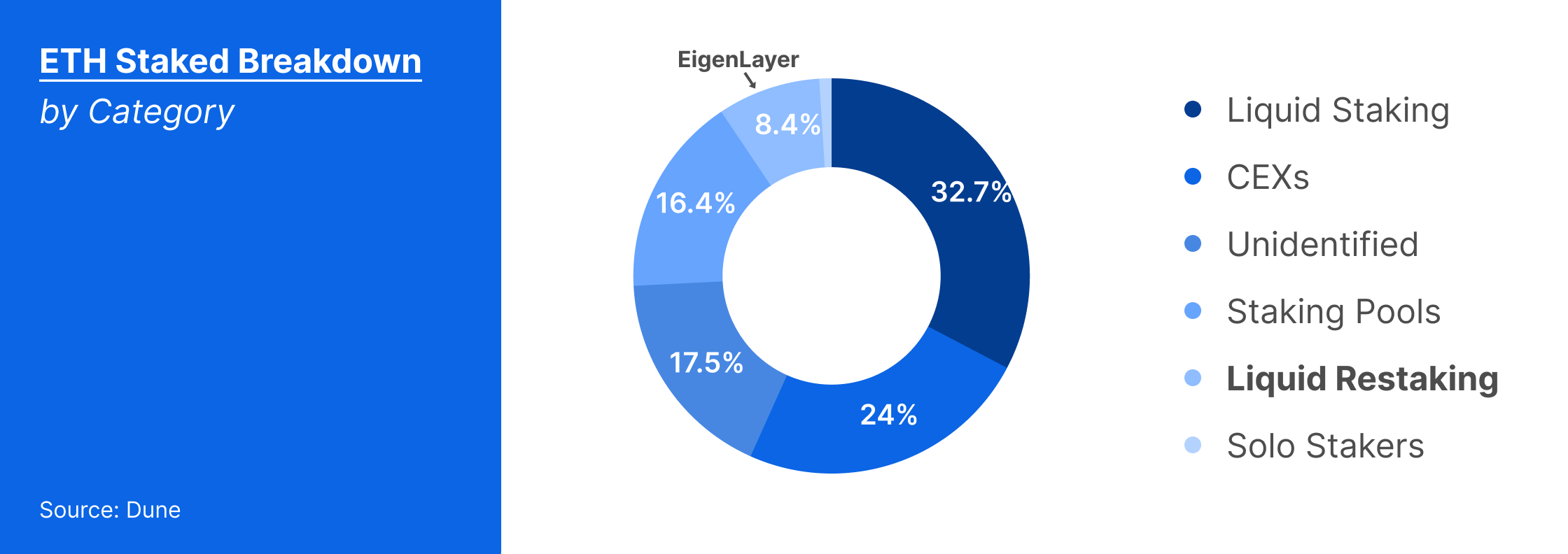
Breakdown of ETH. Source: Dune
EigenLayer is by far the most dominant player in Ethereum restaking, boasting Total Value Locked (TVL) of $16.488 billion, equivalent to 4,888,746 ETH tokens. The next largest player, Symbiotic, only has a TVL of $1.257 billion (372,555 ETH).
This means that as more and more people discover restaking, EigenLayer and its $EIGEN token will be the first to benefit.
Weighing the Risks
Of course, higher returns come with higher risks. The more complex restaking is, and the more platforms you open up your Ethereum to, the more vulnerable it can be to hacks.
The Bottom Line
EigenLayer and restaking are game-changers in the crypto world. The potential for very good returns on interest is a huge draw for investors. Despite the potential risks, many are diving into this opportunity, believing the rewards are worth it. Excited about what EigenLayer can do for you? Don’t wait—start trading $EIGEN today on BTSE!
For more details, visit EigenLayer’s Official Site.
Want to read other market insights? Check out past articles here, or subscribe to our newsletter via this link!
Trade on the go — download the BTSE mobile app (iOS/Android)
Our aim is to create a platform that offers users the most enjoyable trading experience. If you have any feedback, please reach out to us at support@btse.com or on X @BTSE_Official.
Disclaimer: BTSE blog content is intended solely to provide varying insights and perspectives. It does not constitute financial, legal, or investment advice and should not be relied upon as such. The views expressed are not necessarily those of BTSE. Unless otherwise noted, they do not represent the views of BTSE and should in no way be treated as investment advice. Trading involves substantial risk due to market volatility, and past performance is not indicative of future results. Always trade with caution and consider seeking advice from a qualified professional before making any financial decisions.


